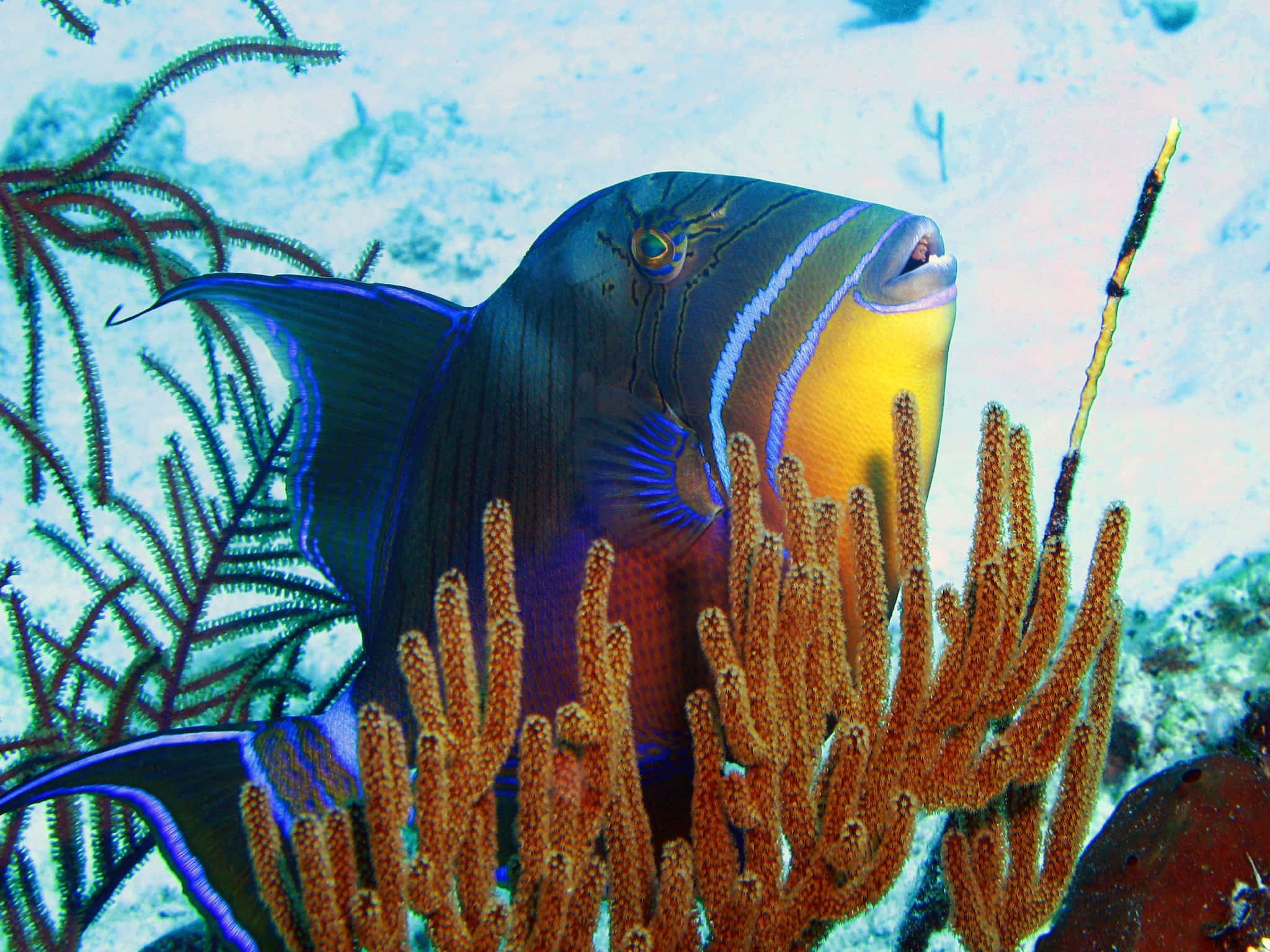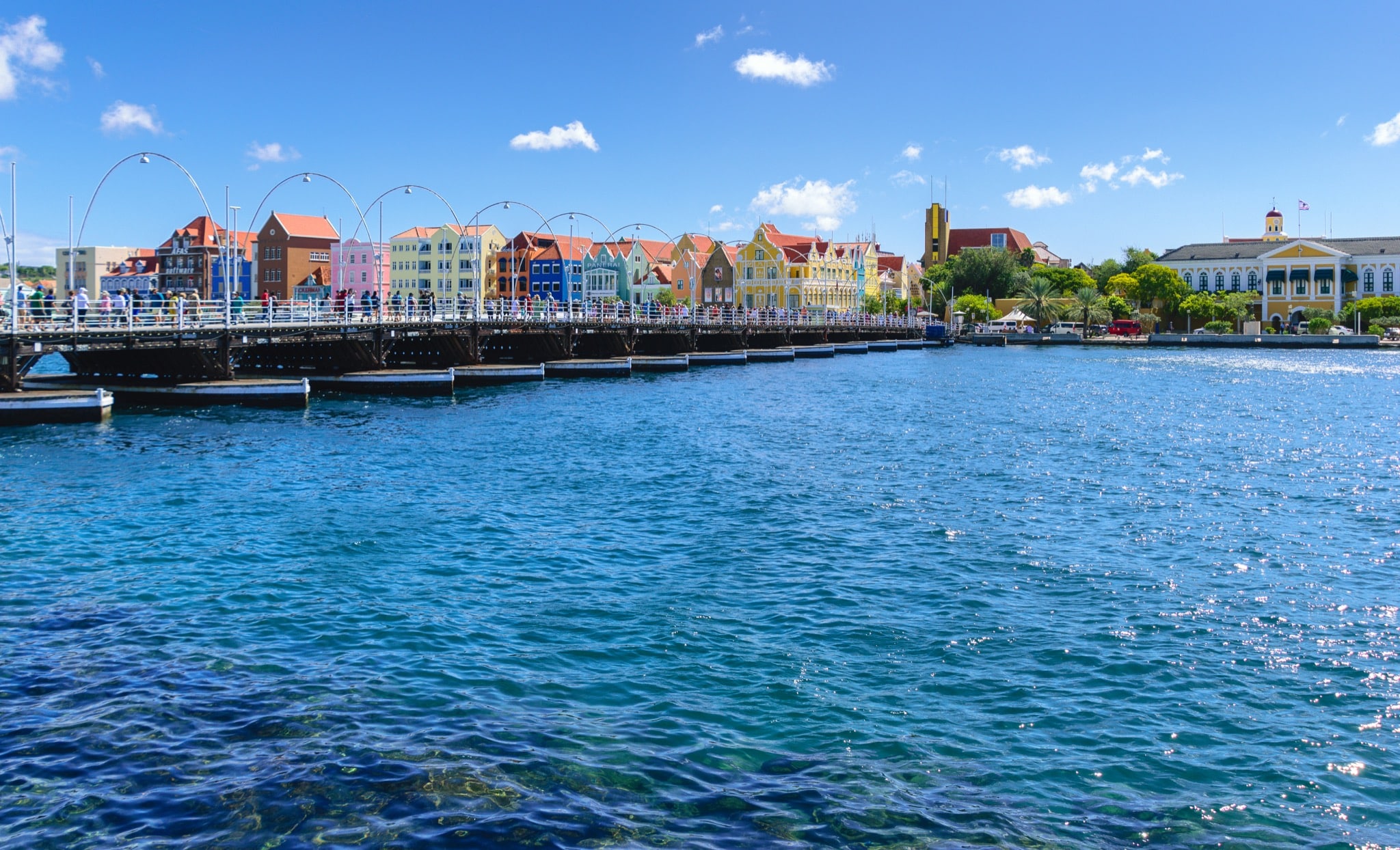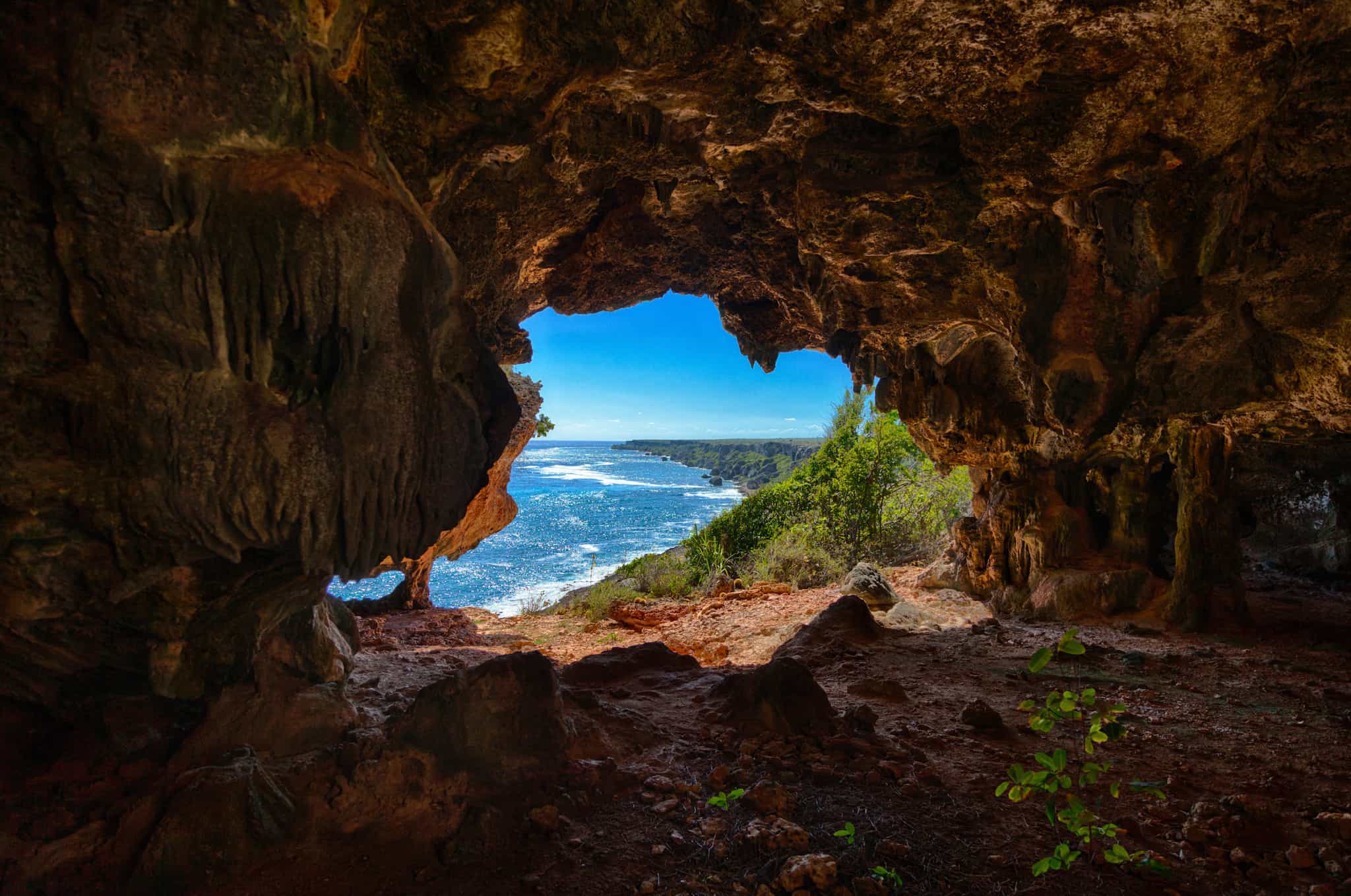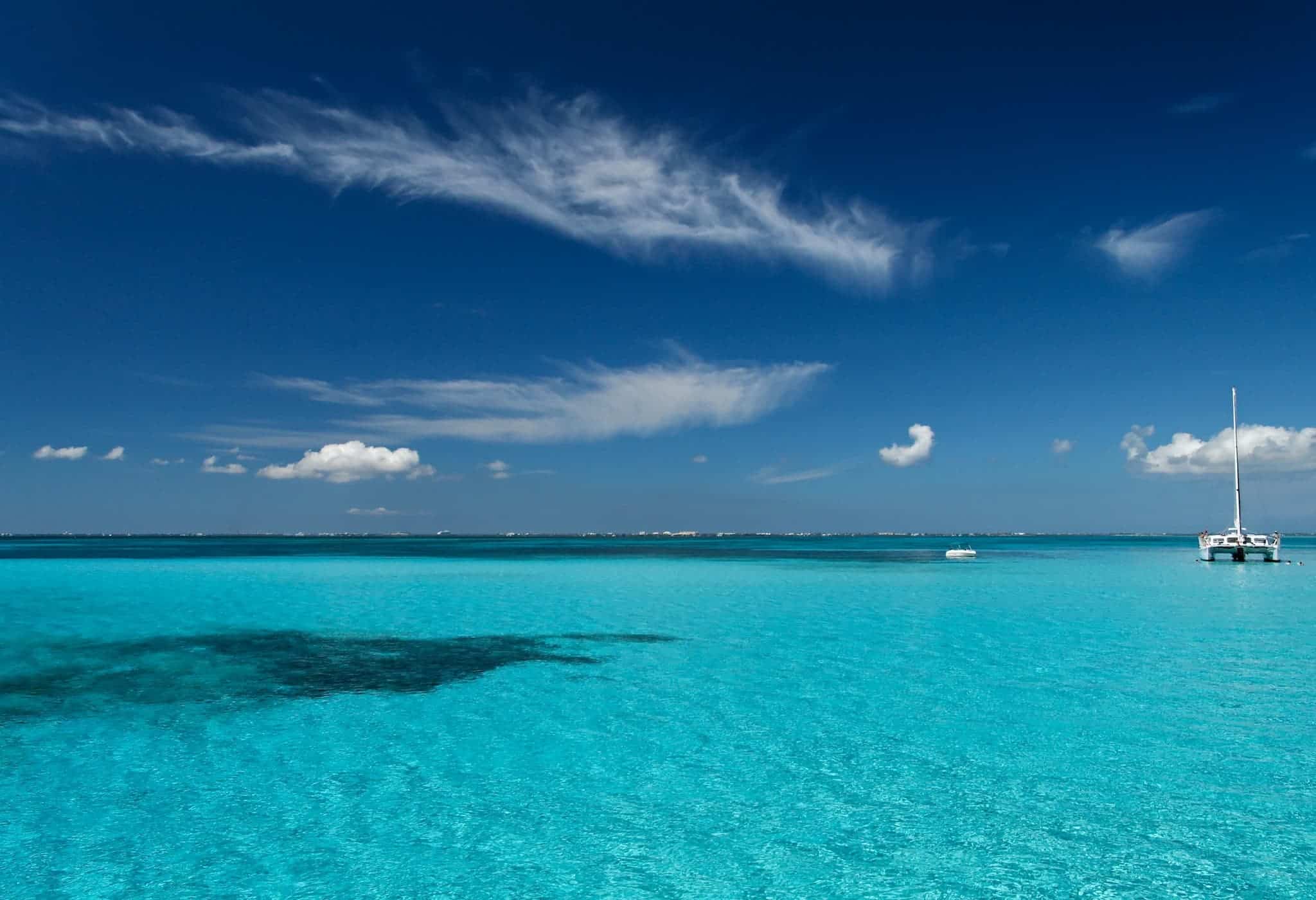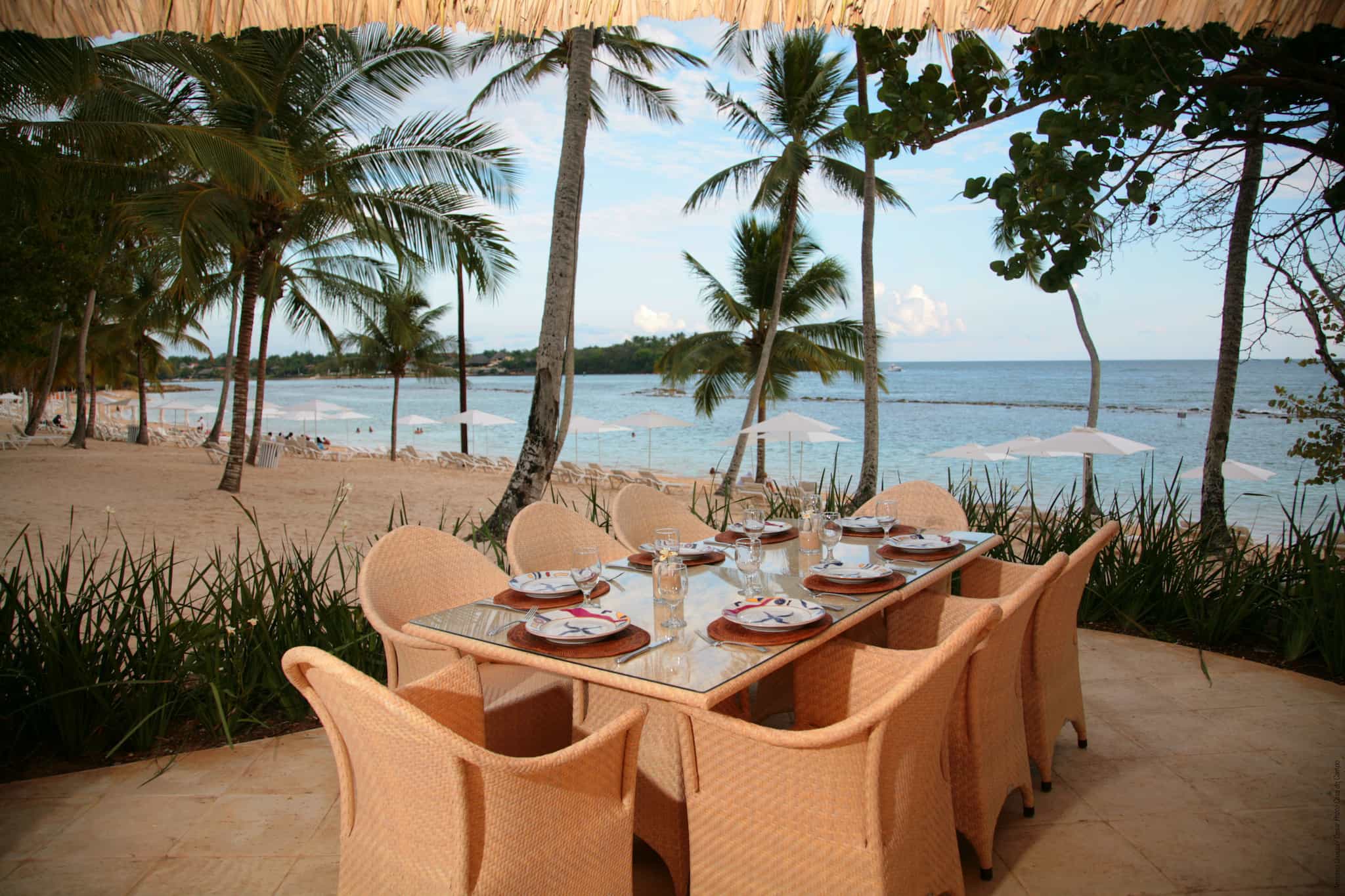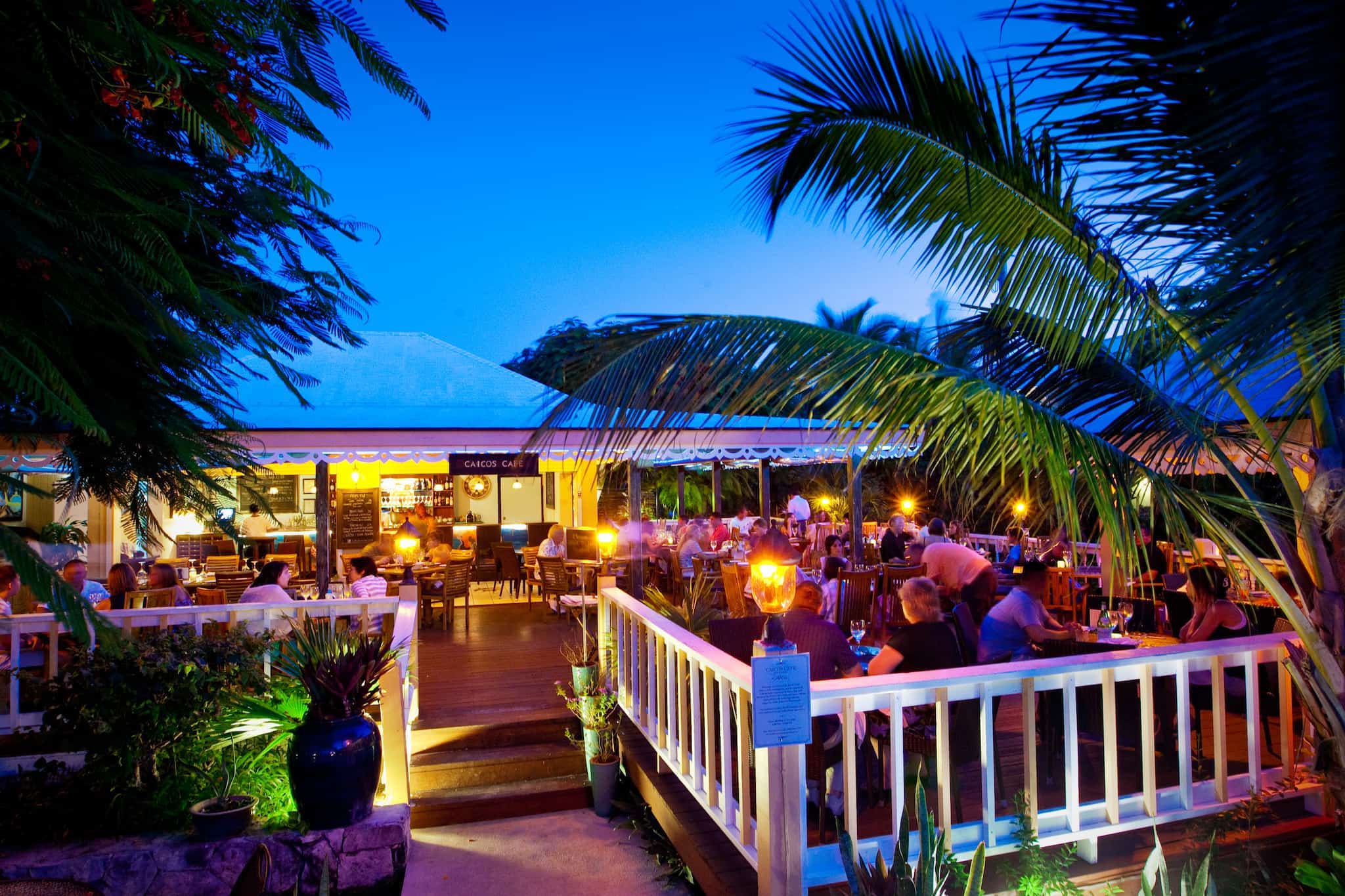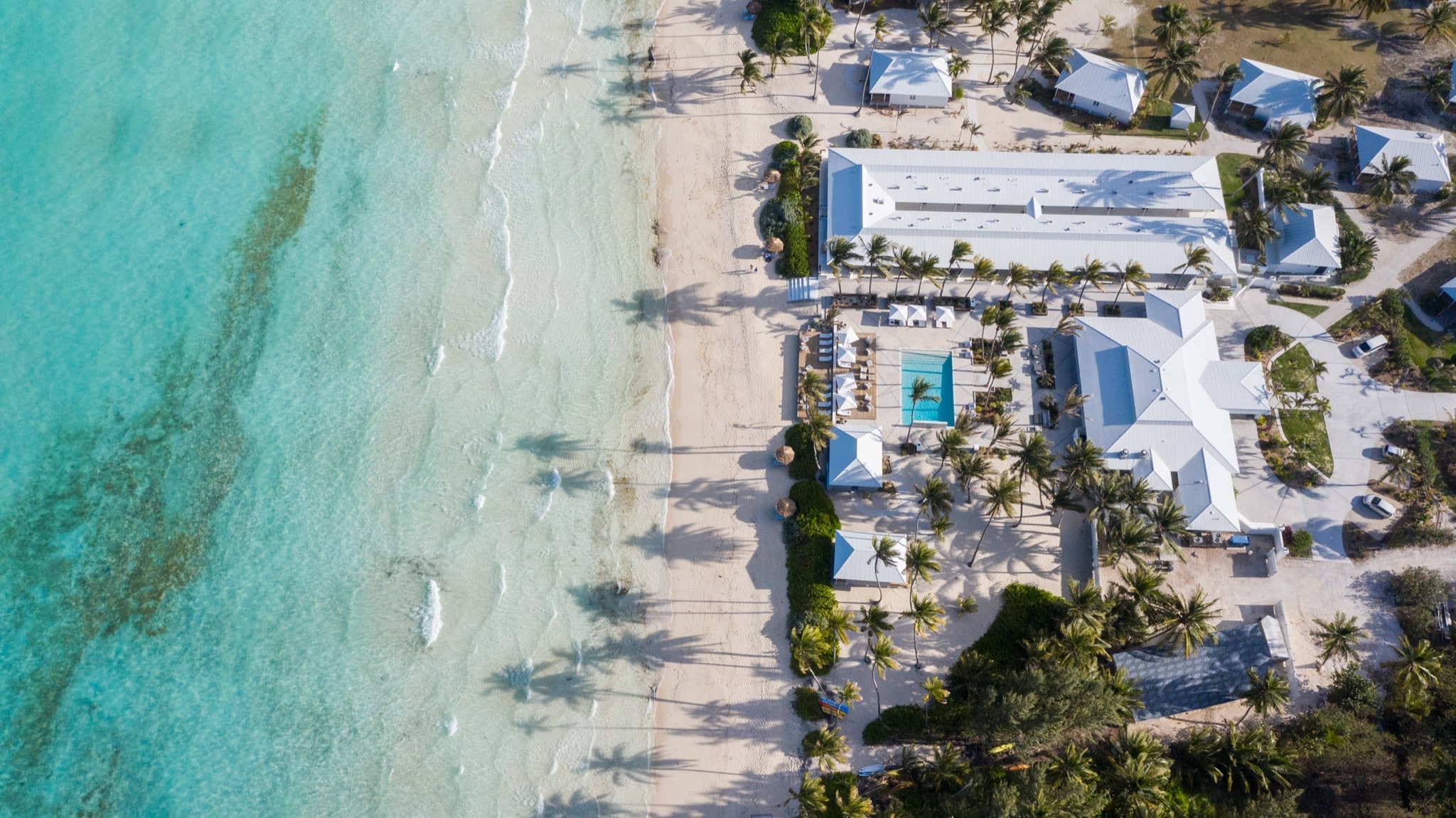Whether you are an avid diver in search of dramatic seascapes and rare wildlife, or a casual snorkeler looking to spend a relaxing afternoon on a sun-dappled reef, the Turks & Caicos can accommodate. For many years, these islands were a bit harder to reach, and didn’t have the same level of infrastructure as better-known watersports destinations such as the Cayman Islands, Cozumel and Bonaire. That’s all changed, and today the islands are a direct flight from several US cities, there are a number of dive operators and snorkel charters that specialize in delivering divers and snorkelers into some of the best dive sites in the region.
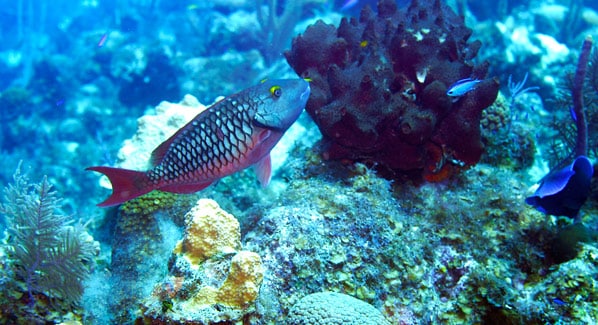
Diver’s Delight
Divers love clear water and dramatic undersea landscapes. The Turks & Caicos have both. The islands sit on a massive underwater plateau, and just offshore this submerged precipice rises to within 40 feet of the surface, then plunges vertically into a mile-deep abyss. The upwelling along these walls nourishes robust reefs covered in plate corals and sponges and the depth brings out the big boys: leatherback turtles, sharks and rays.
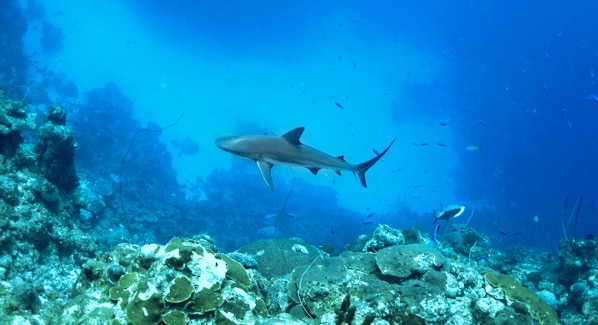
There are no rivers on the islands, and therefore no runoff to cloud the waters. With clear oceanic water flowing right up to the shore, it’s not uncommon for divers to find themselves suspended in waters as seemingly clear as air—a true thrill when you are floating weightless over the edge of one of the island’s towering undersea walls. Near Northwest Point on Providenciales, it seems like there’s a special site every hundred yards. Provo has the international airport and most of the tourist traffic, but that doesn’t’t mean it has a lock on great dive sites. On the opposite side of the chain, South Caicos also has miles of walls begging to be plumbed. A quarter-mile from shore will put your fins over more than a mile of cobalt blue water in the company of hammerhead sharks and eagle rays. On the other side of the Turks Passage, Salt Cay south of Grand Turk is literally surrounded by shallow sites that transition to walls.
The number of divers experiencing these riches is so low that dive operations on islands other than Provo and Salt Cay come and go. There is a liveaboard, the Turks & Caicos Aggressor II that primarily visits sites west and south of Provo. An alternative to the deep sites, there are hundreds of shallow reefs just waiting to be explored, and enough underwater variety in the seascape to keep even the most avid divers enthralled for days on end.
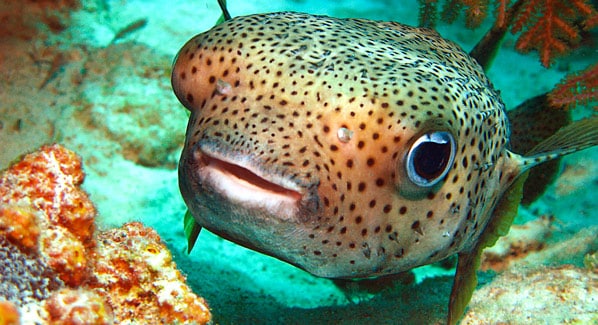
Shallow Water Splendor
The walls may be the big attraction for divers, but the Turks & Caicos Islands have plenty to offer snorkelers as well. The area inside of the barrier reef that runs along the north shore of the Caicos Bank is chock full of shallow patch reefs that are overrun with parrotfish, big eyes, surgeonfish, yellowtails, creole wrasse and the whole gang of colorful tropicals. Coral Gardens in Grace Bay is a favorite, but get creative and you’ll find unnamed attractions everywhere.
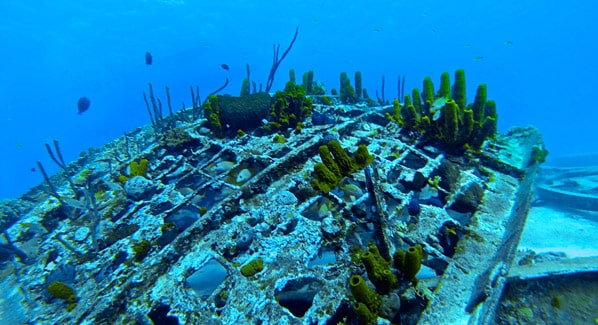
Off South Caicos there are conch shell mounds, formed where fishermen have been cleaning their conch for generations that cover a quarter of a football field. The most spectacular snorkel site may be the Endymion wreck off Sand Cay near Salt Cay. In 1790, a British fourth- rater, the HMS Endymion found a then-unmapped solitary coral pinnacle that soars up from several hundred feet to within a dozen feet of the surface. The rocks holed the hull and the Endymion sank where she struck. Today snorkelers can dive from the surface down to inspect cannons and anchors. The heavy keel timber of the Endymion was pinned to her hull with large copper rods which still stand, now embedded in the reef, like the strings of a lonely harp. In one spot, there’s a perfectly square hole in the reef, about four inches square, the impression left by a Royal Marine’s ammo pouch, with .50 caliber balls still in it. There are dozens of snorkel tour operators in Provo, and at least one or two on each of the other major islands.

